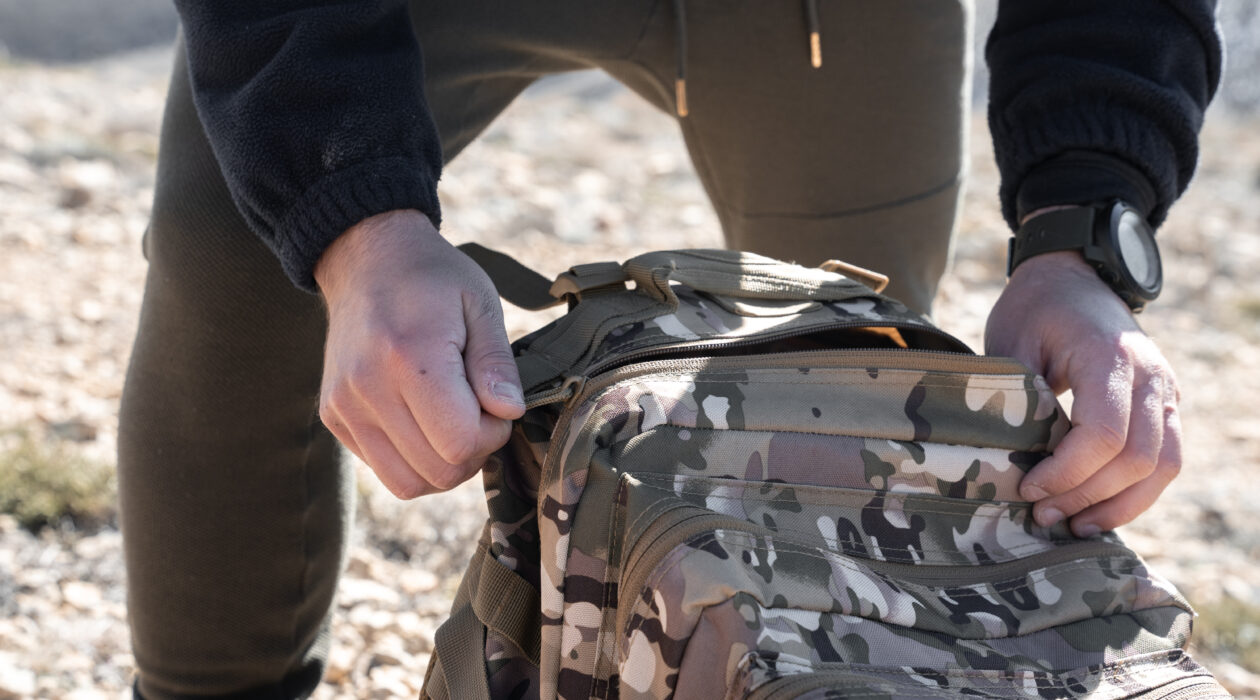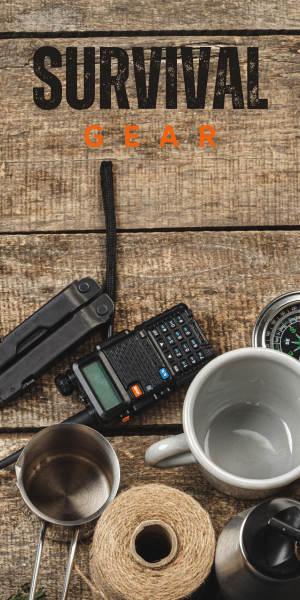A bug out bag, a critical component of emergency preparedness, serves as a portable survival kit containing essential items to sustain an individual during crises. Designed for quick evacuation or “bugging out,” this bag holds items such as water, non-perishable food, first aid supplies, a flashlight, and other necessities. The concept underscores the significance of proactive readiness, ensuring individuals can swiftly respond to unforeseen situations. As an integral aspect of emergency preparedness, a well-equipped bug out bag empowers individuals to face challenges with resourcefulness and resilience, reinforcing the crucial role of foresight in navigating uncertain circumstances.
Understanding the Bug Out Bag
A Bug Out Bag (BOB) is a carefully curated portable survival kit designed for emergency preparedness, emphasizing quick evacuation in crisis situations. Its primary purpose is to provide individuals with essential tools and supplies needed for short-term survival.
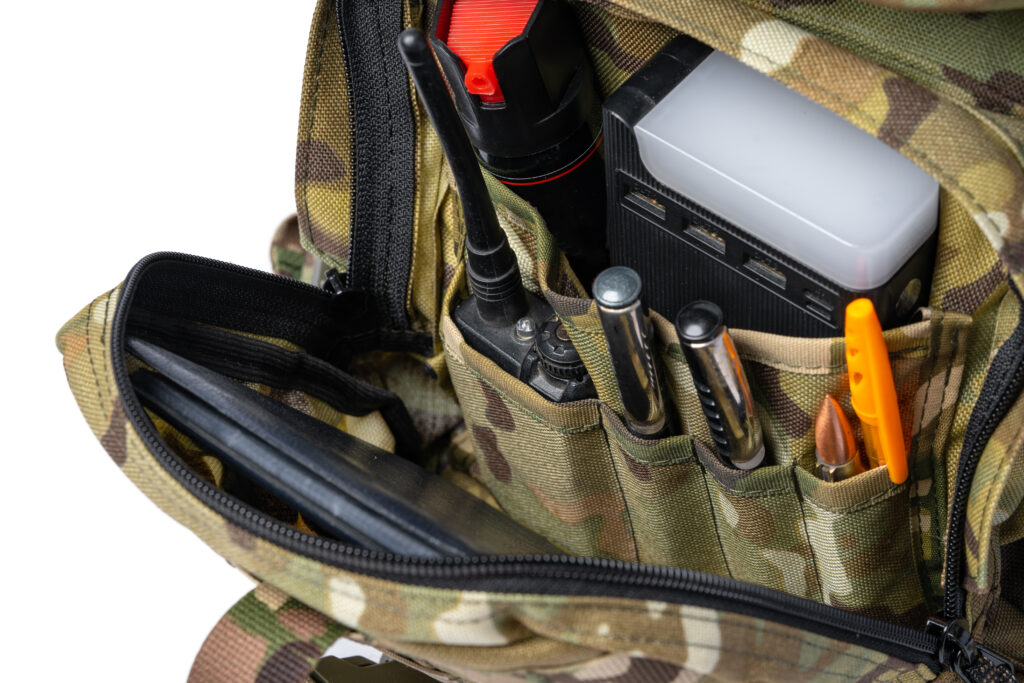
The key differentiator between bug out bags and other emergency kits lies in their focus on mobility and swift evacuation. While general emergency kits are often stored at home, bug out bags are intended to be portable, allowing individuals to grab and go in urgent situations. Bug out bags typically include items such as non-perishable food, water, a first aid kit, a flashlight, multi-tool, hygiene items, and important documents. The emphasis is on items that can sustain an individual for a short duration until reaching a safe location or more extensive resources.
Moreover, bug out bags are tailored to individual needs, considering factors such as climate, geographical location, and personal health requirements. Unlike comprehensive emergency kits that cover longer-term needs, bug out bags are compact and designed for immediate response to unexpected events.
In essence, the bug out bag is a dynamic element of emergency preparedness, recognizing the unpredictability of crises and the need for rapid, efficient evacuation with essential supplies in hand. This understanding ensures that individuals are not only equipped for unforeseen challenges but also empowered to adapt and respond effectively in critical situations.
Essential Components of a Bug Out Bag
A Bug Out Bag (BOB) is a critical asset in emergency preparedness, providing individuals with the tools needed for immediate survival in unforeseen situations. The effectiveness of a bug out bag lies in its carefully selected components, each serving a specific purpose to ensure resilience and adaptability. Here are the essential components that make up a well-rounded bug out bag:
1- Shelter and Environmental Protection:
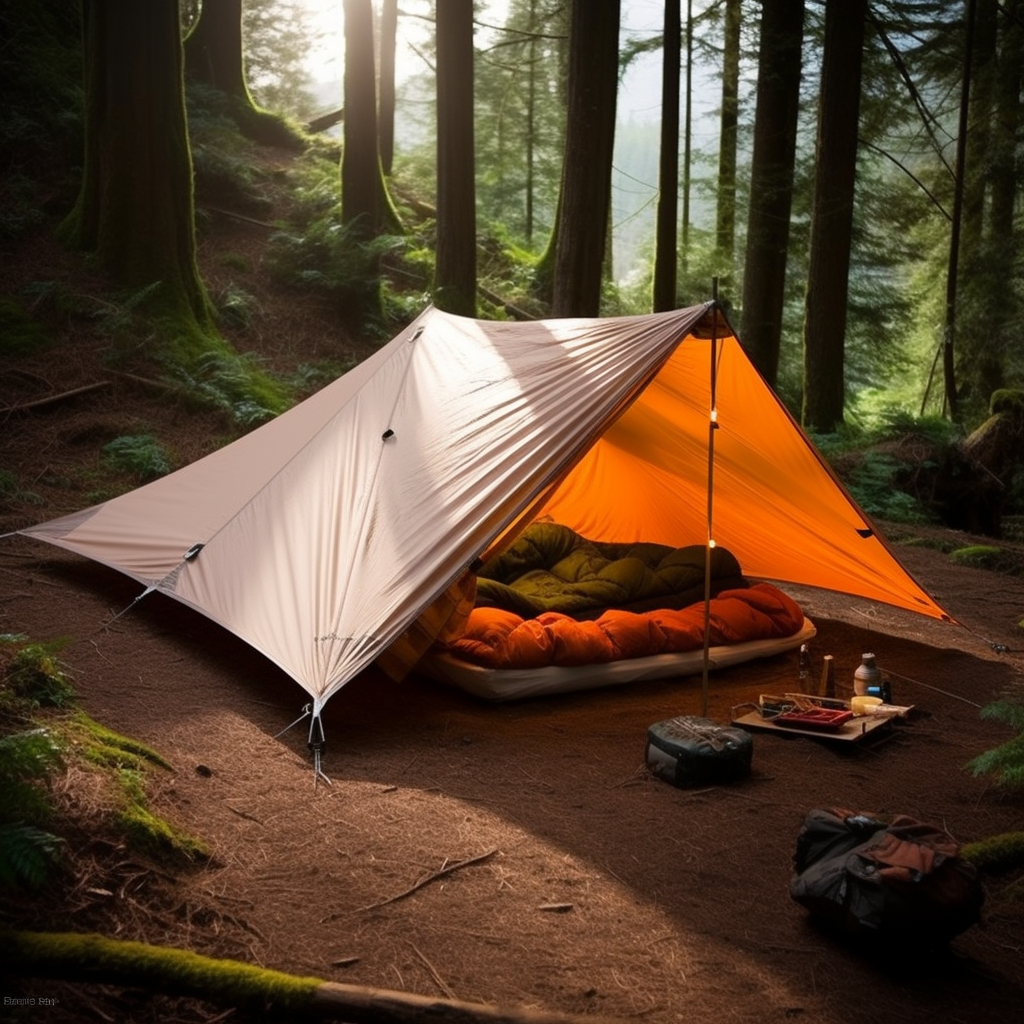
- Tent or Tarp: Compact, lightweight shelter options for protection against the elements.
- Sleeping Bag or Emergency Blanket: Ensures warmth in varying conditions.
- Weather-Appropriate Clothing: Extra layers and weather-resistant gear tailored to the individual’s needs.
2- Food and Water Necessities:
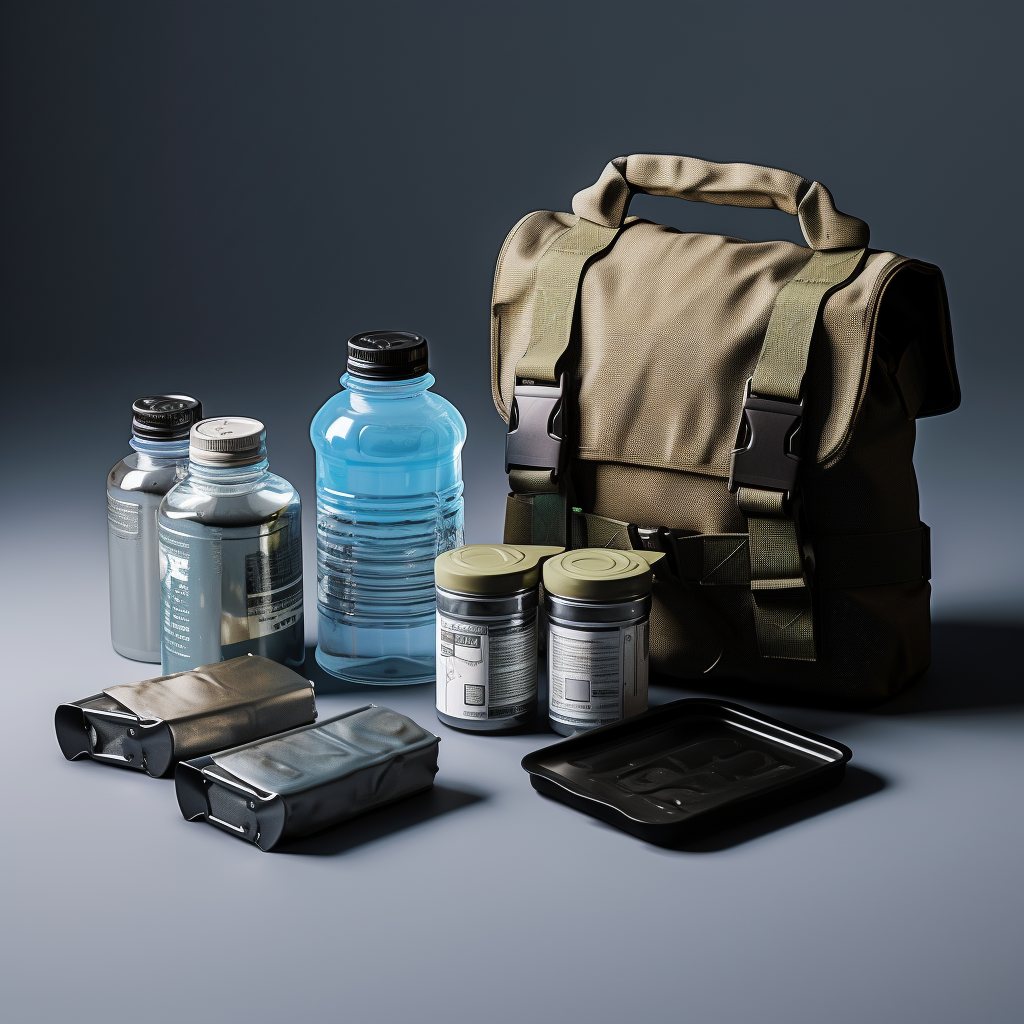
- Non-Perishable Food Items: High-calorie, easy-to-prepare options for sustenance.
- Water Filtration System or Purification Tablets: Essential for sourcing and purifying water on the go.
- Reusable Water Container: Compact and durable for water storage and transport.
3- Communication and Navigation Tools:
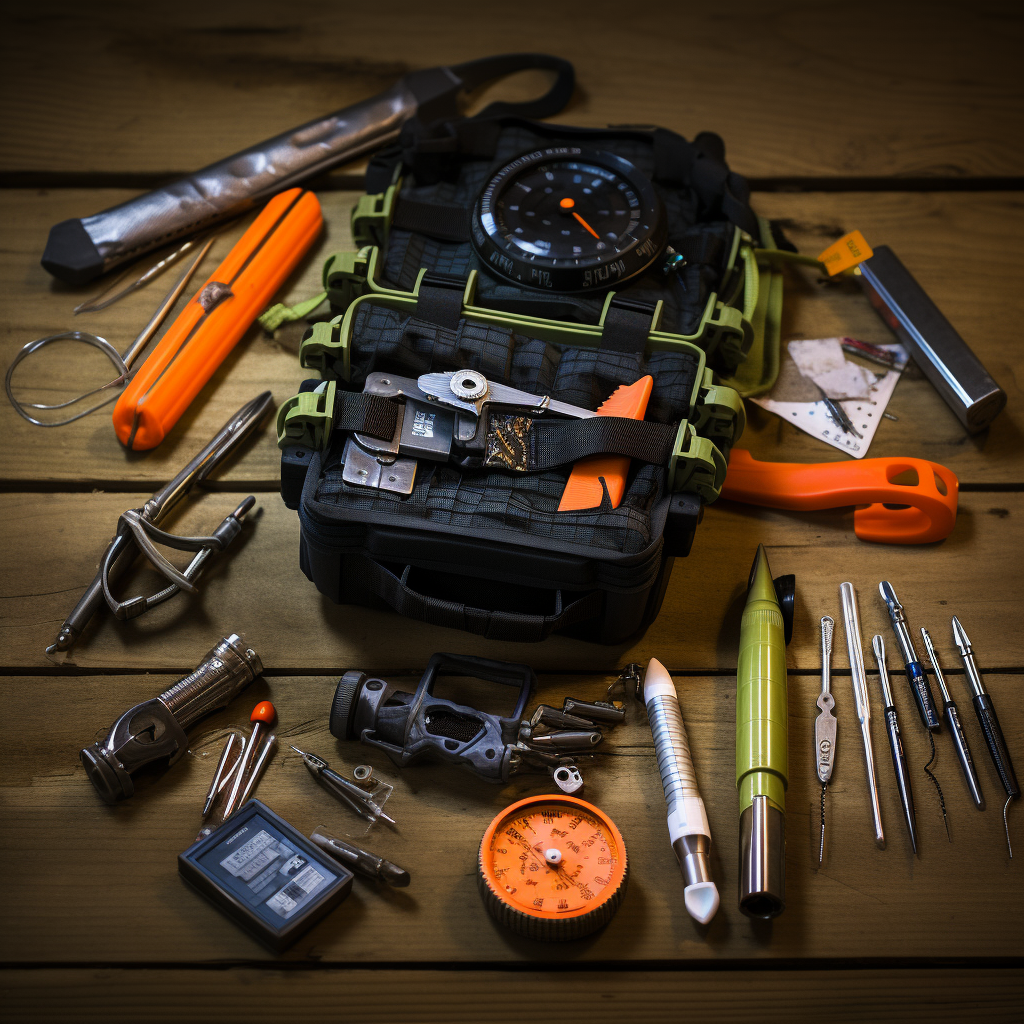
- Multi-tool or Knife: Versatile tools for various tasks and emergencies.
- Flashlight or Headlamp: Essential for visibility in low-light conditions.
- Map and Compass or GPS Device: Aids in navigation and orientation during evacuation.
4- First Aid and Health Supplies:
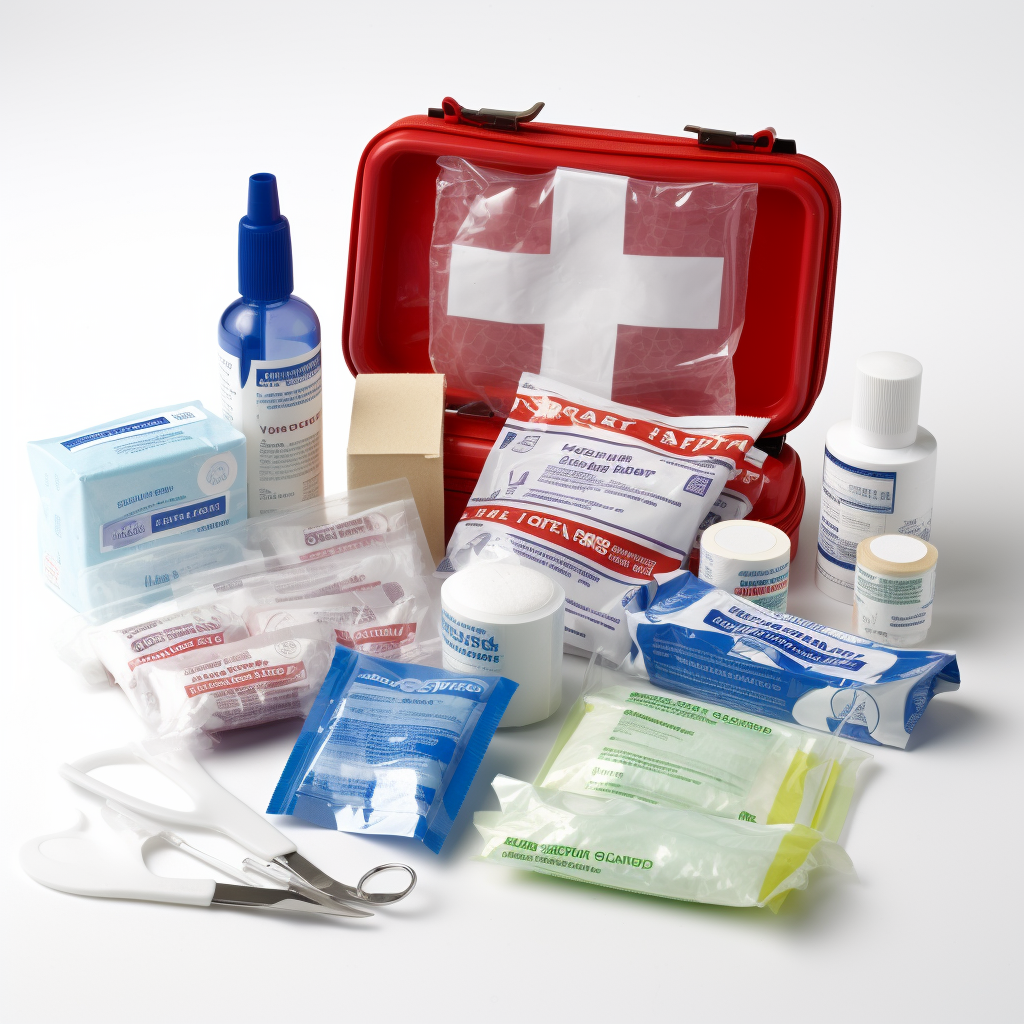
- Basic First Aid Kit: Bandages, antiseptic wipes, pain relievers, and essential medical supplies.
- Prescription Medications: Personal medications with clear instructions and dosage information.
- Personal Hygiene Items: Toothbrush, toothpaste, soap, and sanitation supplies.
5- Miscellaneous Items for Survival:
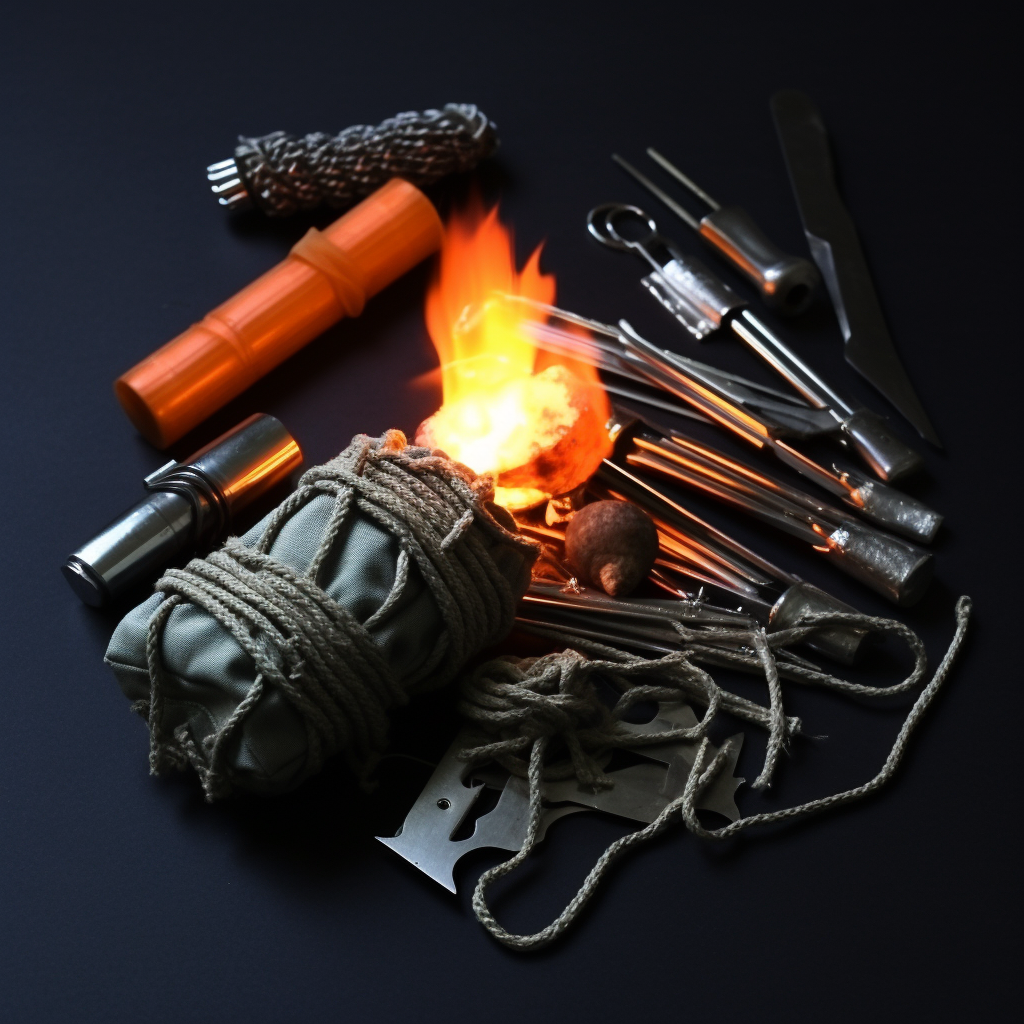
- Fire-Starting Tools: Waterproof matches, lighters, or fire starter for warmth and cooking.
- Paracord or Rope: Versatile for various applications, including shelter construction.
- Duct Tape: Useful for repairs, improvisation, and a myriad of other applications.
- Emergency Whistle: Signaling tool for communication over distances.
Assembling a bug out bag is a highly personalized process, considering individual needs, geographical location, and potential scenarios. Regular assessments and updates are crucial to ensure that the components remain functional and up-to-date. The goal is to create a comprehensive and manageable kit that empowers individuals to respond effectively to unexpected challenges, providing a sense of security and control during times of crisis. By including these essential components, a bug out bag becomes a reliable companion in navigating the uncertainties of emergency situations.
Choosing the Right Bug Out Bag
Choosing the right bug out bag is essential for ensuring preparedness in emergency situations. Bug out bags are designed to carry the essentials needed to survive for at least 72 hours when evacuating from a disaster. There are various types of bug out bags, each with distinct features to suit different needs.
1- Backpack Style Bug Out Bags:
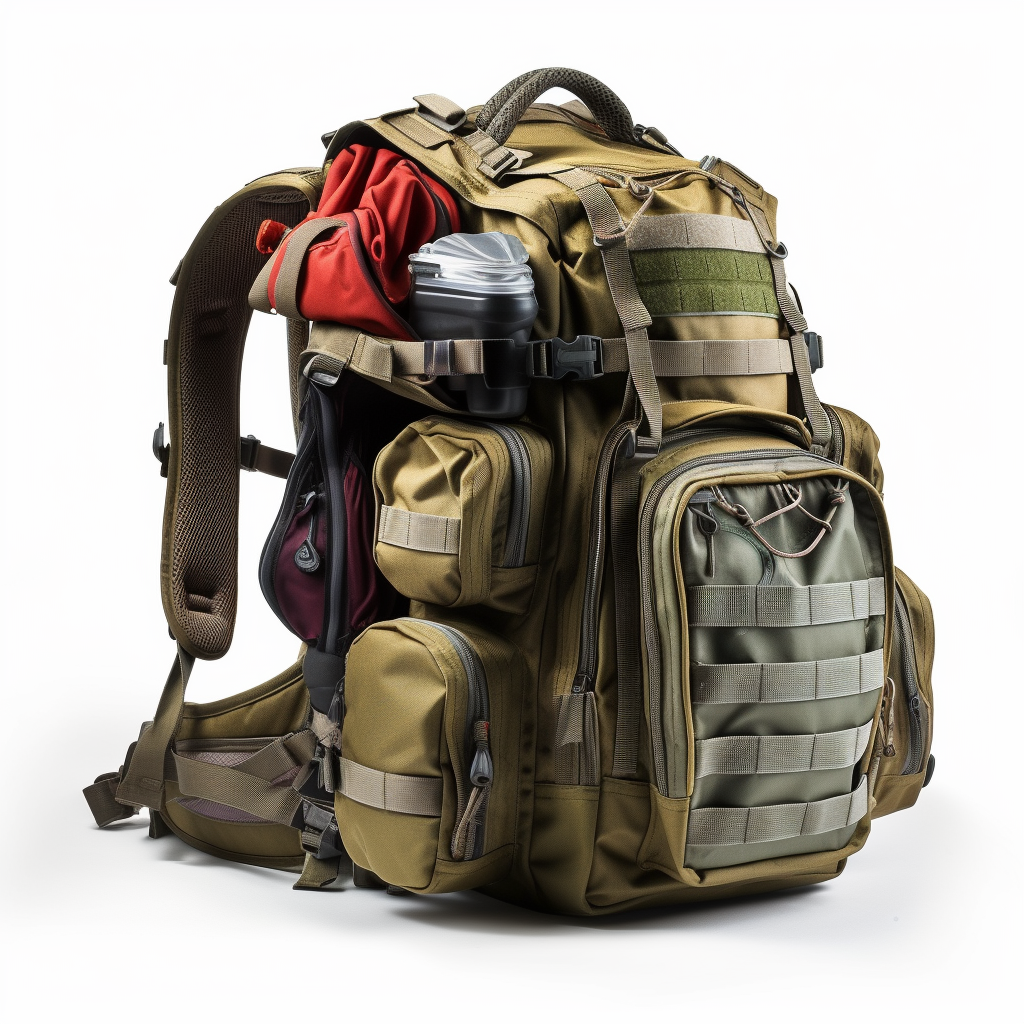
These are the most common and versatile. They often feature multiple compartments for organization, adjustable straps for comfort, and are made of durable, weather-resistant materials. Ideal for individuals or small groups, they allow for mobility and ease of transport.
2- Tactical Bug Out Bags:
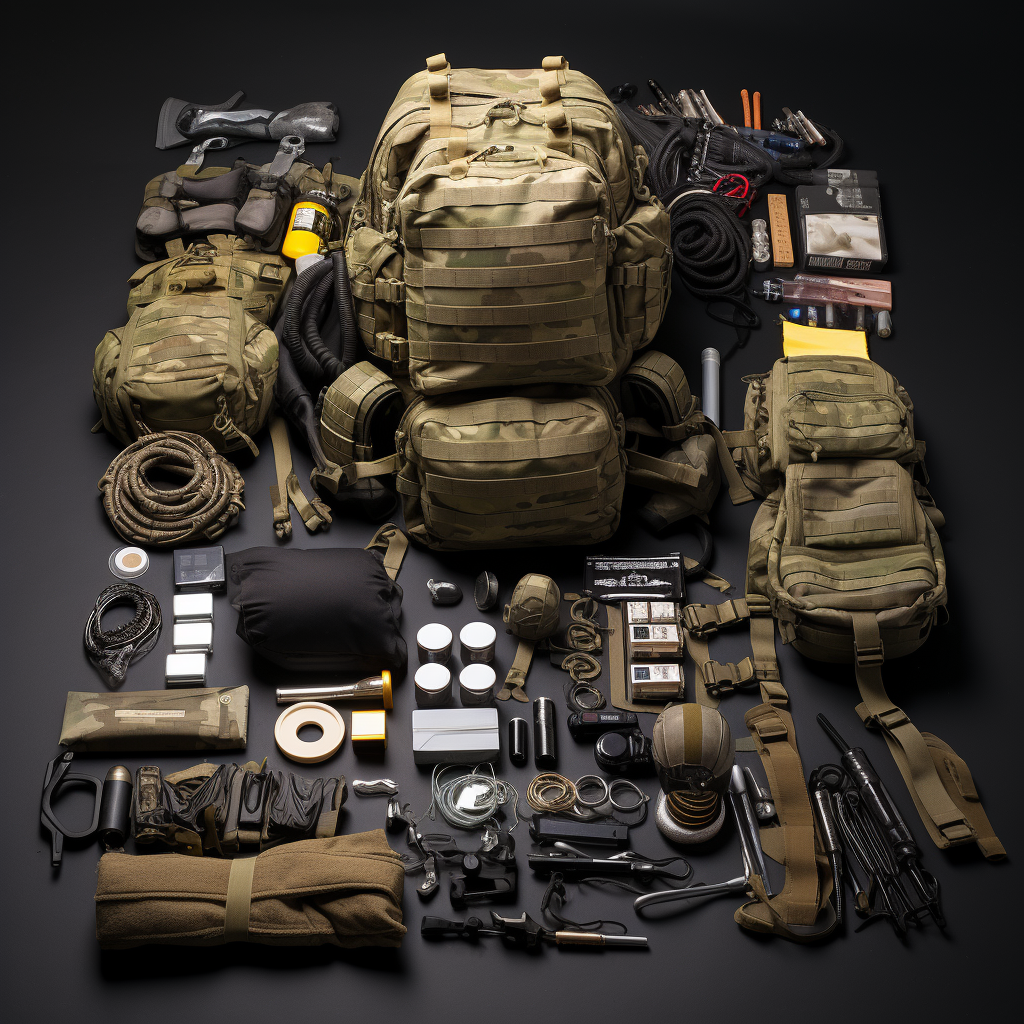
Designed for rugged use, these bags are popular among military and law enforcement personnel. They typically feature MOLLE (Modular Lightweight Load-carrying Equipment) systems for attaching extra gear, reinforced construction, and are made from high-grade materials for durability under extreme conditions.
3- Duffel Bag Style Bug Out Bags:
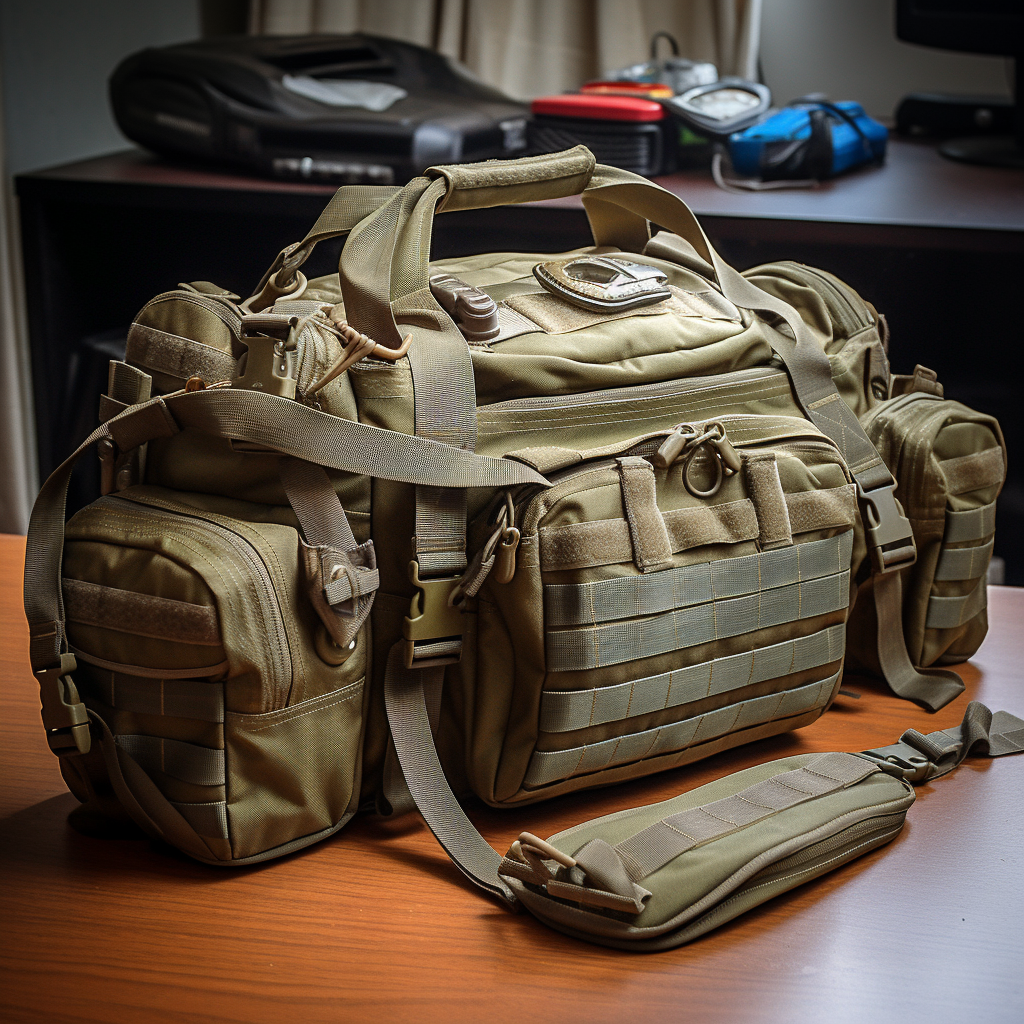
Suitable for those who prefer a single, spacious compartment, duffel bags are easy to pack and carry. However, they may not be as comfortable to carry over long distances compared to backpack-style bags.
4- Rolling Bug Out Bags:
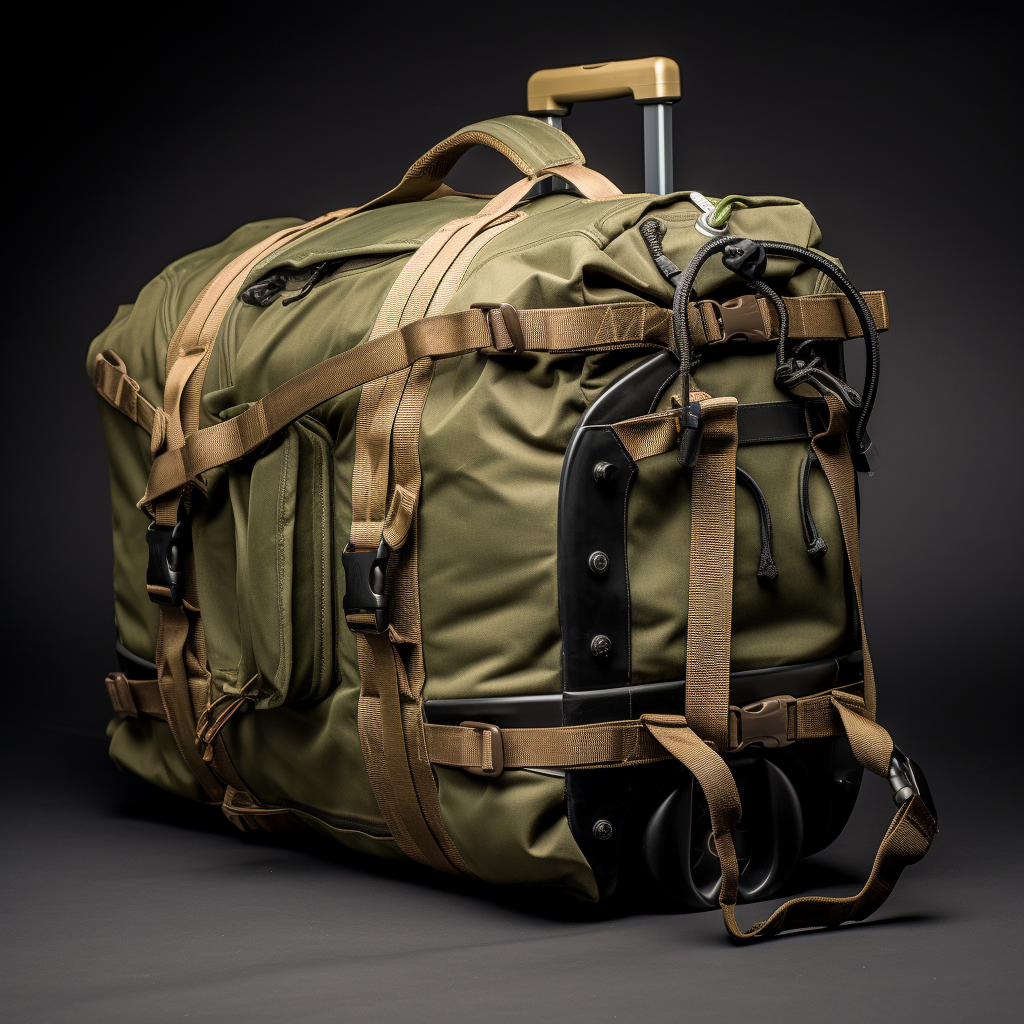
Ideal for urban environments or those with mobility issues, these bags come with wheels and extendable handles. While they offer ease of movement on smooth surfaces, they are not suitable for rough terrains.
When evaluating the best bug out bag, consider the following criteria:
- Capacity and Size: Ensure the bag is large enough to carry necessary supplies but not so large that it becomes cumbersome.
- Comfort and Fit: Look for adjustable straps and padding, especially if you plan to carry it for extended periods.
- Durability and Weather Resistance: The bag should withstand harsh conditions and protect its contents.
- Organization and Accessibility: Multiple compartments and easy access to items are crucial for efficient use.
- Personal Needs: Consider specific requirements such as family size, medical needs, and the nature of potential emergencies in your area.
The best bug out bag depends on individual needs, the nature of the emergency, and personal preferences. It’s important to carefully evaluate these factors to ensure that your choice provides reliability, comfort, and functionality in crisis situations.
Bug Out Bag Customization
Customizing a bug out bag is crucial for adapting to different survival scenarios. The contents should vary depending on whether you’re preparing for urban or wilderness survival, and should also include self-defense and personal items.
Urban vs. Wilderness Survival Gear
- Urban Survival Gear: Focus on items like multi-tools, dust masks, and a radio to stay informed. Include a map of the city, cash in small denominations, and a flashlight with extra batteries. Pack urban-specific supplies like door stoppers for security and water purification tablets.
- Wilderness Survival Gear: Prioritize items such as a compass, a sturdy knife, fire-starting tools, and a portable shelter like a lightweight tent or tarp. Include a water filtration system and energy-dense foods. Pack clothing suitable for the outdoor environment you might encounter.
Self-Defense and Personal Items
- Self-Defense: Depending on local laws and personal preference, consider carrying pepper spray, a tactical pen, or a compact firearm (if legally permitted). Self-defense training is also valuable.
- Personal Items: Include personal hygiene items, medication, a small first aid kit, and copies of important documents. Don’t forget about personal comfort items like photos of loved ones or a small book.
Additional and Optional Items
- Communication Tools: A solar-powered phone charger and a whistle can be vital.
- Repair Kit: Include basic sewing materials and duct tape.
- Optional Items: Depending on your skills and needs, consider items like a fishing kit, binoculars, or a book on local edible plants.
Remember, the key to effective BOB customization is balancing the weight and space of your gear with the necessities for survival and comfort. Regularly review and adjust the contents of your bag to ensure it meets your current needs and skills.
FAQ about Bug out Bag :
What would be in a bug out bag?
A bug out bag typically contains essentials like water, food supplies (non-perishable), a first aid kit, a flashlight, a multi-tool, fire-starting materials, a map and compass, a radio, personal hygiene items, a shelter (like a tent or tarp), clothing suitable for the environment, and personal documents.
What does the term bug out bag mean?
A bug out bag is a portable kit that contains the items one would require to survive for 72 hours when evacuating from a disaster. It’s designed to enable rapid evacuation and immediate self-sufficiency, often in emergency scenarios.
What food to put in a bug out bag?
Food in a bug out bag should be non-perishable, lightweight, and energy-dense. This includes ready-to-eat meals, energy bars, dried fruits, nuts, jerky, and powdered drink mixes. It’s important to consider dietary needs and the shelf life of the food.
How big should a bug out bag be?
The size of a bug out bag should be large enough to carry essentials for at least 72 hours but small enough for easy mobility. A capacity of around 40-50 liters is typically sufficient for most individuals, allowing for necessary gear without overburdening.
In the end :
A well-prepared bug out bag is a vital tool for emergency preparedness, offering peace of mind and practicality in crisis situations. It ensures that essential supplies like food, water, shelter, and first aid are readily available when quick evacuation is necessary. Tailoring the contents to personal needs and the specific environment, whether urban or wilderness, enhances its effectiveness. Compact yet comprehensive, a bug out bag bridges the critical gap between an emergency onset and safe relocation, embodying preparedness and resilience. It’s an indispensable component in any emergency plan, underlining the importance of being prepared for the unexpected.

